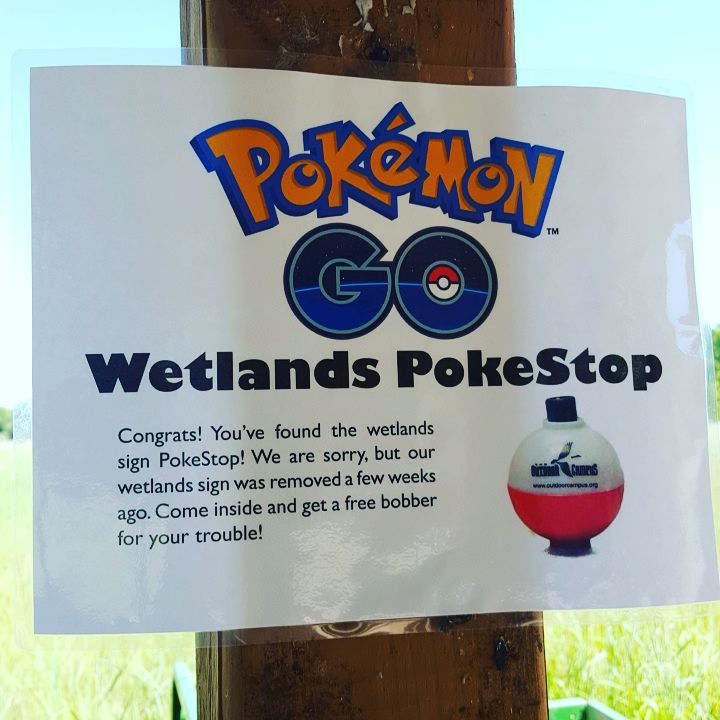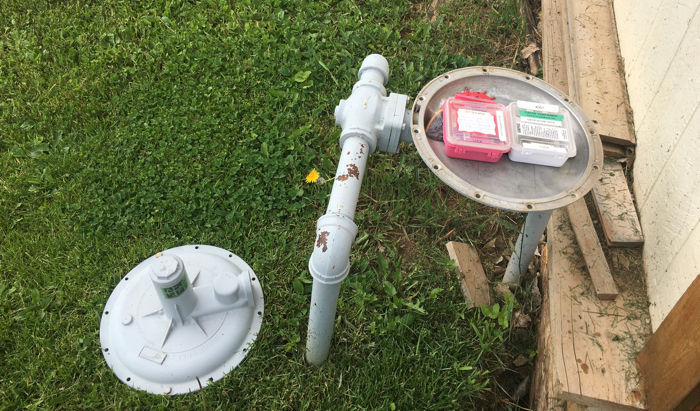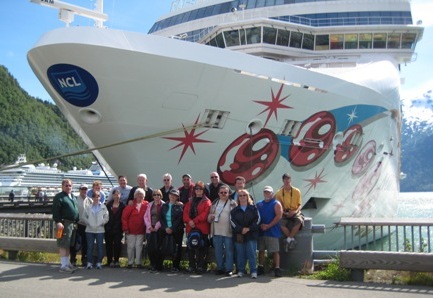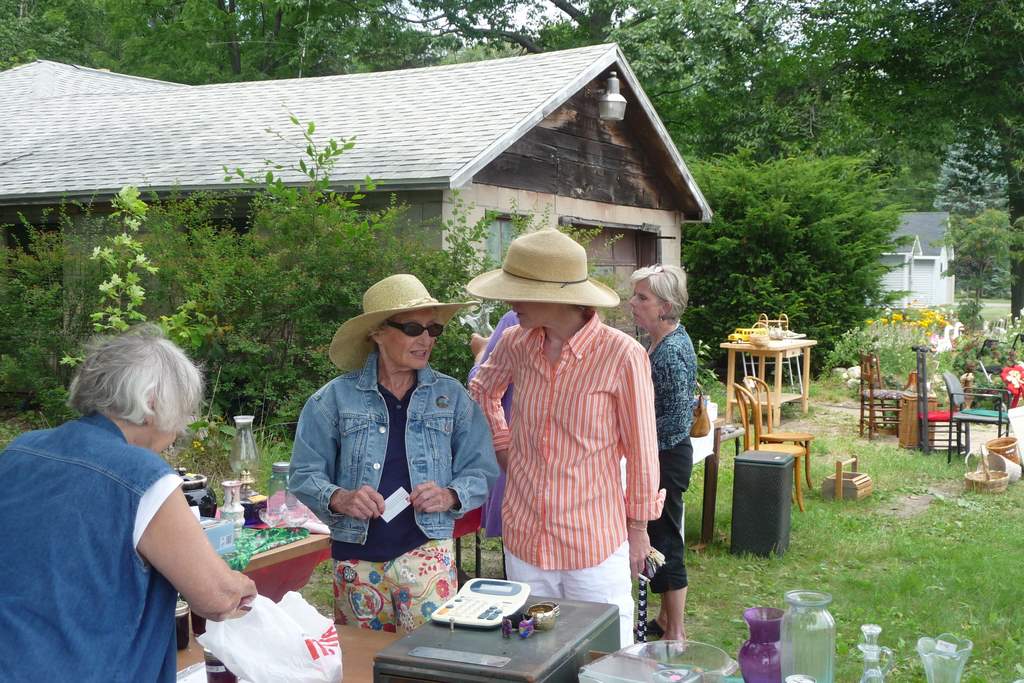If you’ve been reading Road Trips for Families for any time now, you may have noticed we have been Geocaching enthusiasts for many many years. A high-tech treasure hunt, geocachers use a GPS device or the Geocaching app on a mobile phone to find “hidden” treasures more-or-less all over the world. In particular, we geocache on road trips and have participated in many GeoTours created to showcase the best and most-interesting landmarks within a particular destination or region.
When the Pokémon GO app launched last week, my first thought was, “This is going to completely replace geocaching…at least for the younger and more mobile savvy generation.” If you haven’t downloaded the Pokémon GO app or attempted to understand the game, read this well-researched article authored by my travel-colleague friend Traci Suppa.
Like Geocaching, I love the idea that Pokémon GO is drawing people outdoors in a way that bridges a virtual and physical world. Not to mention, a surprising number of early adopters are in my age bracket (older, but too legit to quit). In fact, we were the “original” Pokémon generation and the GO app is something with the potential to experience intimately with our own kids.
And I’m not alone in this observation. Thea Miller Ryan contributes regularly to this site and is also the director of The Outdoor Campus, a nature center in Sioux Falls, South Dakota. Thea posted the above Wetlands PokeStop sign at the Outdoor Campus and it inspired me to ask her a few questions about her experience with the game so far:
- How can visitors to the Outdoor Campus use Pokémon GO to enhance their trip experience?
First of all, we’re just thrilled that people are going outside! Besides that, they have a chance to walk through our park which features at least five PokéStops, a gym, and a bunch of different Pokémon to catch. Our park covers 100 acres, so by the time folks get all the Poké-opportunities, they’ve gone for a great walk in nature. - Is Pokémon GO bringing a different and new type of visitor to your location?
We’re seeing SO MANY people out here. It’s all ages. I just talked to a grandma who was out here with her grandkids. We’ve also got large groups of teens who have never been here before. - Could you tell us more about your wetlands PokéStop? Have many people come inside for a bobber?
So far only a couple people have stopped, but we just put the sign out. The people who do come in are really enthusiastic about it. Maybe Pokémon GO will be a gateway to people learning to fish. - How do you see the potential for this game in the tourism industry? Would you ever consider holding a meetup or event?
We’ve held geocaching and orienteering events, so a Pokémon GO event would definitely be something we’d consider. - How can this game bridge the gap with a younger, more digitally connected, generation?
Hand-held devices and phones are never going away. Why not find ways to use them outdoors, too? People don’t want to disconnect anymore – we’re happy to let them use the devices and find new ways to play outside!
Also worth noting are similarities in staying safe and using common sense when playing both Pokémon GO and Geocaching. For instance, be aware of your surroundings. Look up from your phone before crossing a street or walking near a cliff. Don’t play alone at night and always tell someone where you are going. Animals are dangerous and poison ivy exposure is a common outdoor experience. Show your kids “leaves of three” and set some boundaries around talking to strangers, young and old.
If you are at all concerned about your digital privacy, weigh the pros and cons of playing. If you wouldn’t check in to an establishment on Facebook, would you participate in a Digital Pokémon match outside the same facility? You decide. Use this game and app as a teaching opportunity and have fun!
Happy trails!





